Our favourite places to stay on this sleepy Cebu island.
Spending a Day Down Cebu’s Memory Lane
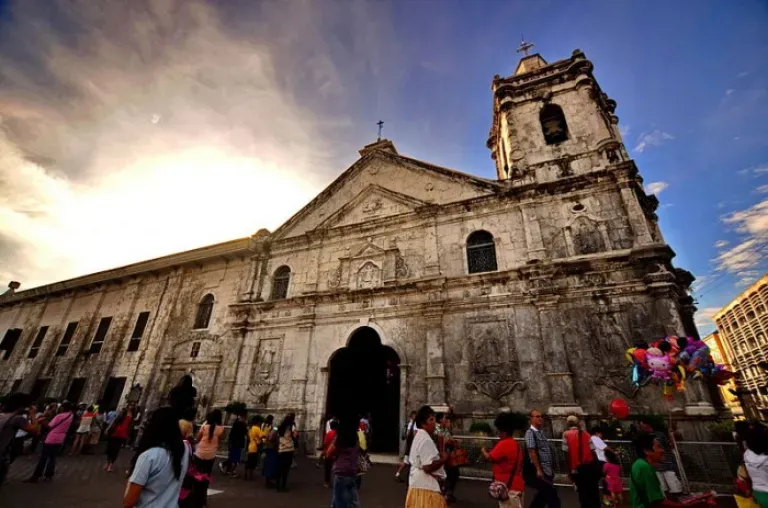
Cebu may be a bustling city but it certainly does not lack of old edifices and architecture that bring back a colourful history.
In fact, walking around the downtown area would already introduce you to a majority of Cebu’s historic tourist attractions. When visiting the province, make sure that you allocate at least an entire day to see these interesting places and get to know the people and the culture behind the oldest structures in the entire country.
Also read: 12 Notable Sites in the Philippines Every History Buff Must Visit
Ready to take a stroll down memory lane? Let’s start!
Lapu-Lapu Shrine
 Image credit: Ipepot
Image credit: Ipepot
The 20-metre bronze statue of Lapu-Lapu stands proudly within the Mactan Shrine. This area was erected in honour of Lapu-Lapu, the native leader who defeated the Spanish soldiers including the Portuguese explorer Ferdinand Magellan during the Battle of Mactan in 1521.
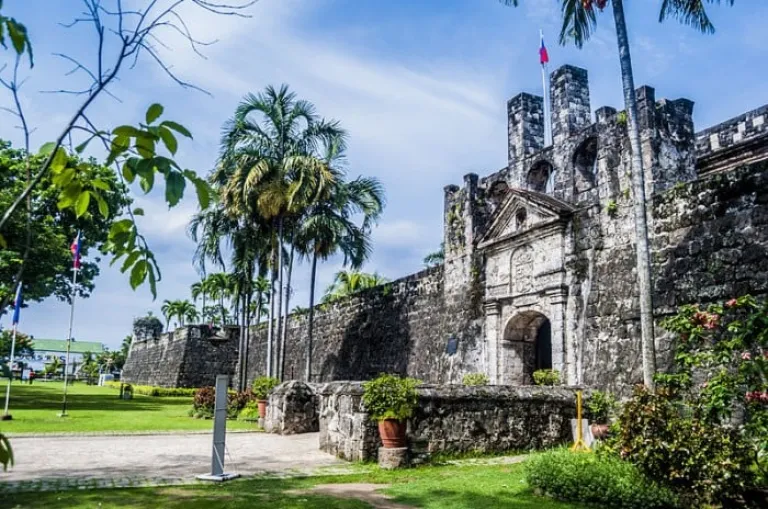 Image credit: Raschid Salting
Image credit: Raschid Salting
The Fuerte de San Pedro was built up back in 1565 as a military defense structure during the Spanish era. Today, the fort still has a few of its original cannons as well as a museum where several artefacts such as paintings, documents and sculptures from the 333 years of Spanish rule in the country can be found. is now considered as a National Historic Landmark and is part of the Plaza Independencia.
Magellan’s Cross and
 Image credit: Allan Jay Quesada
Image credit: Allan Jay Quesada
According to the history books, the exact site of the Magellan’s Cross was where the Spanish explorers planted the cross upon their arrival in the country in 1521. It is currently being housed inside a chapel right beside the .
Meanwhile, the Basilica is the oldest Roman Catholic church in the country, which was founded in 1565. It is where the original statue of the Child Jesus, the one which Magellan gave to Queen Juana after she, Rajah Humabon and 800 other Cebuanos, were baptised.
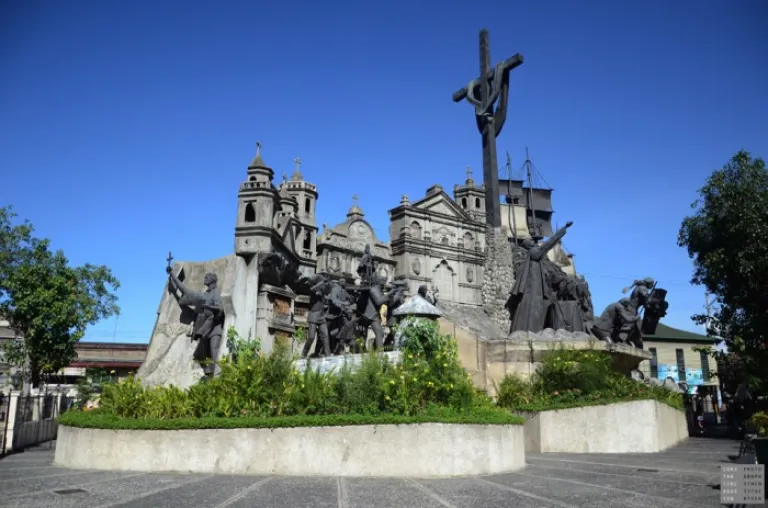 Image credit: Constantine Agustin
Image credit: Constantine Agustin
Compared to the previous attractions, the is a fairly new structure, created only in July 1997 by local artist Eduardo Castrillo. The tableau, which is made from concrete, steel and brass shows the many events and structures that have shaped the history of the province. Among the most important structures that can be seen in the monument are the and the Magellan’s Cross.
Also read: Insider’s Guide to Cebu: All You Need to Know Before Your Trip
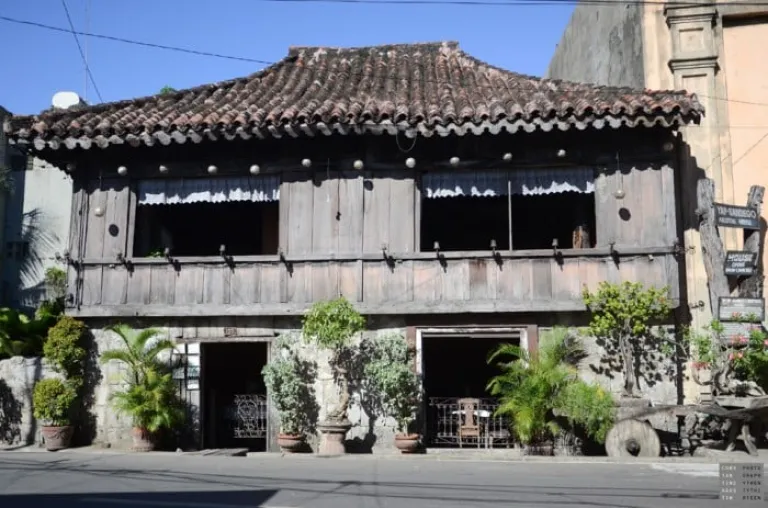 Image credit: Constantine Agustin
Image credit: Constantine Agustin
One of the oldest houses that can be found in the entire Philippines is the . Built in the late 17th century, the house is made using a combination of wood and coral stones. It was once the house of Don Juan Yap and Maria Florido and is currently under the care and custody of their great great grandson, Val Sandiego.
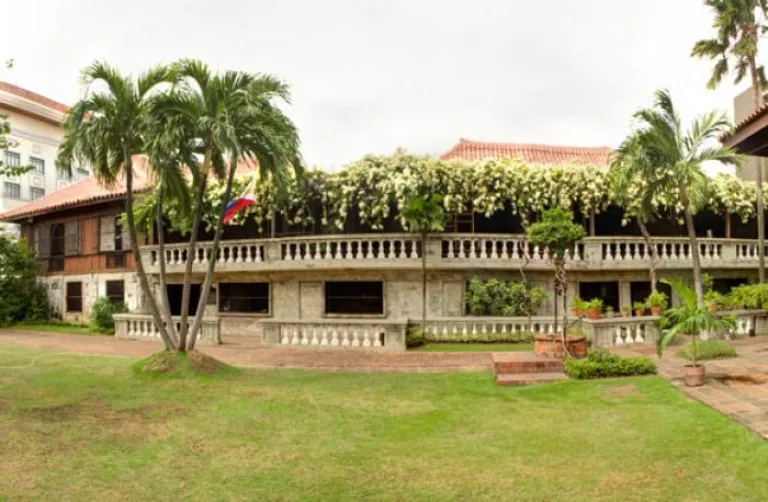 Image credit: Ramon Aboitiz Foundation Inc. (RAFI)
Image credit: Ramon Aboitiz Foundation Inc. (RAFI)
Another prominent old house in Cebu is the Casa Gorordo, or the ‘house of the Gorordos’. Despite the name, the house was actually originally owned by Alejandro Reynes y Rosales back in the 1850s until it was brought by Spanish merchant Juan Isidro Gorordo later in 1863. The house features coral stones, windows with capiz shells, molave posts and clay tile roofs. It has been home to four generations of the family including Bishop Juan Gorordo, who was the first bishop from Cebu.
 Image credit: Constantine Agustin
Image credit: Constantine Agustin
Previously the Cebu Provincial Detention and Rehabilitation Center (CPDRC), it was turned into the in 2008. It now houses various exhibits showing the Cebuano heritage. The provincial museum currently has 10 galleries which include the Pre-Colonial Gallery, Spanish Colonial Gallery, Katipunan Revolution and the American Colonial, War Memorial, Gregorio and Jovito Abellana Special Exhibition, Vicente Rama Special Exhibition, National Museum Gallery and the Cebu Journalism and Journalist Gallery.
 Image credit: Konstantinos Trovas
Image credit: Konstantinos Trovas
The is considered as the centre of Taoist worship in the whole of Cebu. This temple was built in 1972 and is located within a prominent Chinese-Cebuano community. Visitors can join worshippers on Wednesdays and Sundays when they would climb the temple’s 81 steps (a representation of the 81 chapters of Taoism scriptures), light joss sticks and get their fortunes read by the monks.
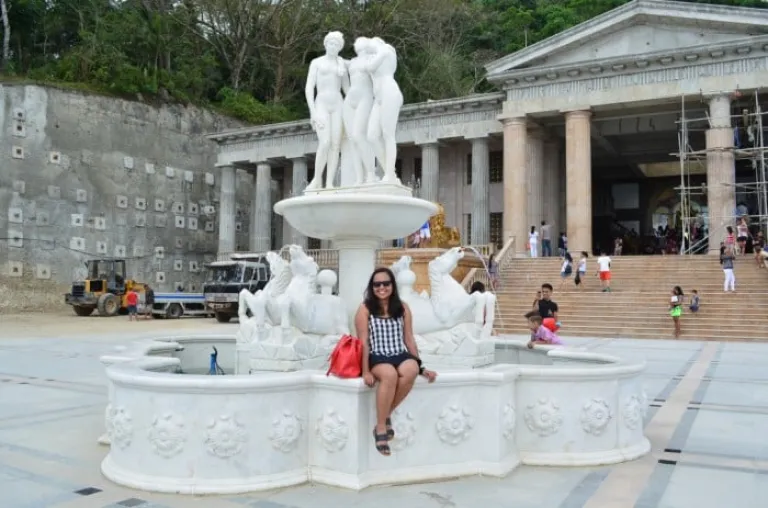 Image credit: Red Maleta
Image credit: Red Maleta
Another new establishment that is steadily gaining popularity within the province is the , which started construction in 2012. The Greek-inspired architecture was ordered built by Teodorico Adarna for his wife, Leah Villa Albino-Adarna, as a symbol of his undying love and ceaseless devotion. Many people likened the structure to India’s Taj Mahal.
Also read: These Stunning Spots in Cebu Will Take You to Different Parts of the World
Published at
About Author
Pam Baroro
Subscribe our Newsletter
Get our weekly tips and travel news!
Recommended Articles
10 Bantayan Island Resorts, Hotels, and Rentals for Your Tropical Escape 10 Best Mountain Cafes in the Philippines for Your Peak Coffee Experience Coffee date on the mountains, anyone?
10 Commandments for Responsible Travel Flexing Spread the good word!
10 Fairytale Castles In Europe Filipinos Need To See! Permission to feel like royalty even for a day?!
10 Family Outing Ideas in Metro Manila Under ₱500 Looking for a weekend bonding with the family under ₱500? Head to these places, pronto!
Latest Articles
Luisa Yu: 80-Year-Old Filipina Travelled 193 Countries in the World Travel has no limits, and neither does Luisa Yu at 80!
Cebu Pacific’s First Clark to Coron Flight Takes Off! Direct flights to Coron now boarding!
7 Best Pet-Friendly Beach Resorts in Batangas and Zambales Why leave your pet behind when these pet-friendly beach resorts in Batangas and Zambales offer the perfect getaway?
Calbayog Zipline: One of the Longest Overwater Rides in the Philippines Glide over the ocean on one of the longest overwater ziplines in the Philippines
Complete Thrilling Travel Guide to Cambugahay Falls in Siquijor Swing, swim, and soak in the beauty of Cambugahay Falls Siquijor!

